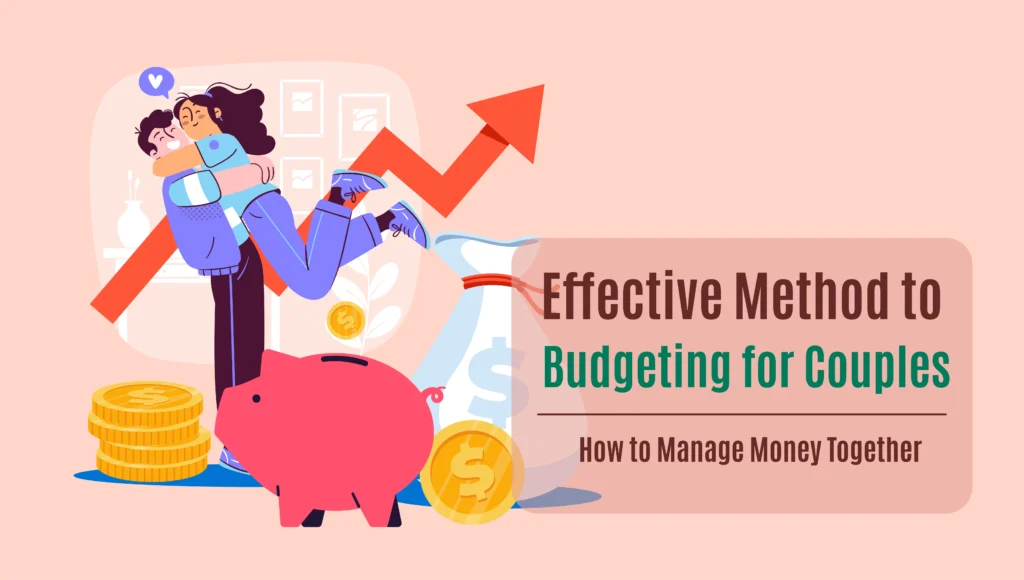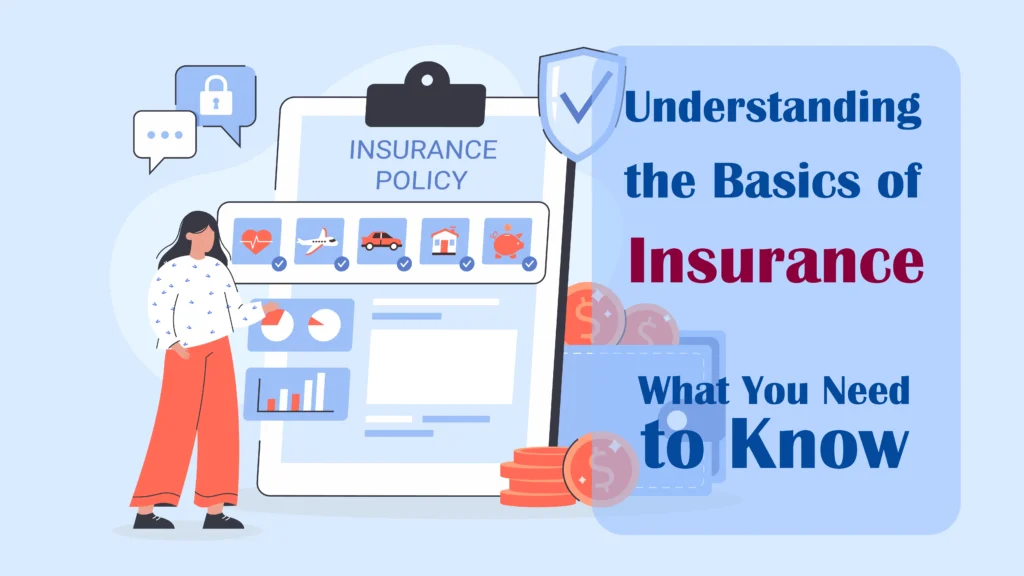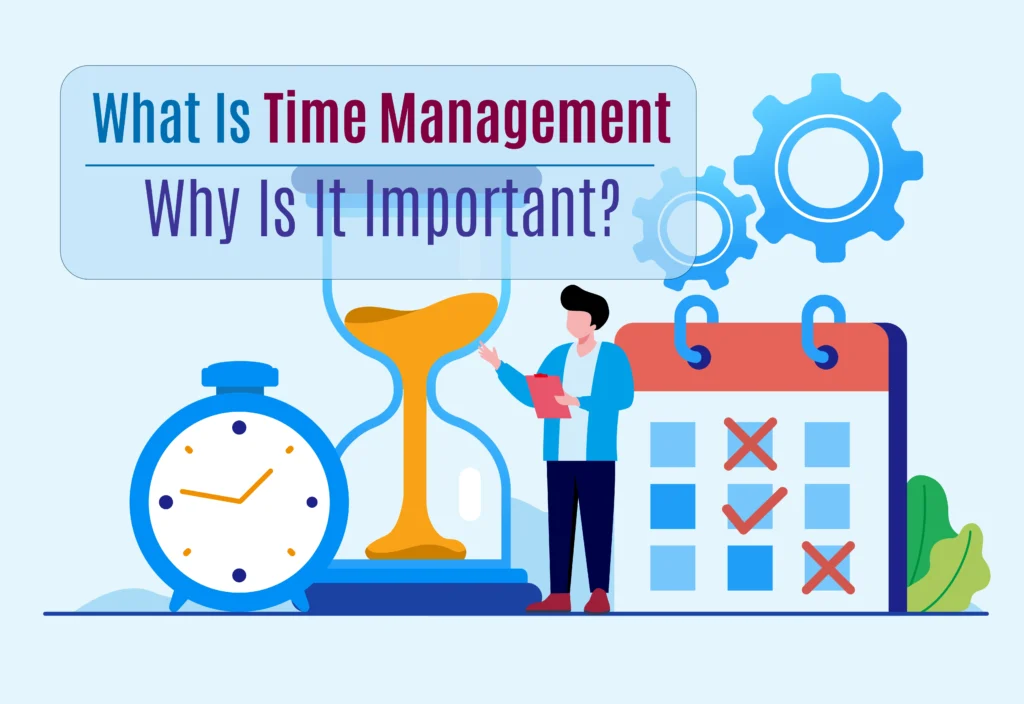How to Save for an Emergency Fund: Preparing for the Unexpected
Life is full of surprises, and not all of them are pleasant. Whether it’s a medical emergency, a car repair, or an unexpected job loss, having a financial safety net can make all the difference. Knowing how to save for an emergency fund is a crucial step toward preparing for life’s unexpected twists. In this guide, we’ll explore simple, actionable strategies to help you build an emergency fund that will give you peace of mind and protect your financial future. Ready to safeguard yourself against the unknown? Let’s get started!
In this article, we’ll dive deep into how to create a financial safety net by building an emergency fund, how to incorporate emergency savings into your regular budget, and strategies for dealing with financial crises while maintaining control over your money. Whether you’re just starting to save or looking to strengthen your financial foundation, this guide will help you be better prepared for the unexpected.

Understanding Emergency Expenses
Emergencies can happen to anyone at any time, and they often come with a hefty price tag. An emergency expense is any unexpected cost that arises suddenly and requires immediate attention. These are usually expenses that go beyond your everyday spending and cannot be put off or ignored.
Common Types of Emergency Expenses
Emergency expenses may include:
- Medical bills: Sudden injuries or illnesses that aren’t fully covered by insurance can result in large, unexpected costs.
- Car repairs: If your vehicle breaks down, you’re looking at potentially high repair costs.
- Home repairs: Storm damage, plumbing issues, or other urgent repairs can leave you scrambling for cash.
- Job loss: The sudden loss of income from a job layoff or illness can have a significant impact on your financial well-being.
It’s important to differentiate between emergencies and irregular expenses like holiday spending, vacations, or anticipated but irregular costs (like annual insurance premiums). While irregular expenses are non-recurring, they are still somewhat predictable. On the other hand, true emergencies are completely unplanned.
The Consequences of Not Being Prepared
Not having a plan for emergencies can lead to serious consequences. When unexpected expenses arise, you might resort to credit cards, personal loans, or even draining your retirement savings to cover costs. This can lead to a cycle of debt, compounding interest, and financial instability. Additionally, the emotional toll of not being prepared can lead to stress, anxiety, and a feeling of helplessness.
How to Save an Emergency Fund
Now that we understand the nature of emergency expenses, the next step is to build an emergency fund to handle these financial shocks without taking on debt.
What is an Emergency Fund?
An emergency fund is a designated amount of money set aside to cover unexpected expenses. It’s your financial safety net, designed to prevent you from going into debt when life throws a curveball. Unlike your regular savings account or investments, an emergency fund should be easily accessible, liquid, and set aside solely for urgent, unplanned expenses.
How Much Should You Save?
Financial experts typically recommend saving enough to cover 3 to 6 months’ worth of essential living expenses. This includes rent or mortgage, groceries, utilities, insurance, and any minimum debt payments you may have. However, the amount you need depends on your unique circumstances:
- If you’re single with minimal obligations, 3 months’ worth of living expenses might be enough.
- If you have dependents or work in a high-risk industry, aiming for 6 months’ worth or more might be more appropriate.
- Consider your job stability, existing savings, and risk factors to determine your emergency fund goal.
For example, if your essential monthly expenses total $3,000, you should aim to have at least $9,000 to $18,000 in your emergency fund. While this may seem daunting, even a small emergency fund can make a difference.
Where Should You Keep Your Emergency Fund?
The accessibility of your emergency fund is crucial. You want to ensure that you can get to the money when you need it without penalties or delays, but you don’t want to keep it somewhere too accessible, like a checking account, where you might be tempted to dip into it for non-emergencies.
Consider the following options:
- High-yield savings accounts: These accounts allow you to earn interest on your savings while keeping the money readily available.
- Money market accounts: Another good option for earning a slightly higher interest rate while keeping your funds accessible.
- Avoid investments: While stocks or mutual funds might offer higher returns, they also come with risks and could lose value at the exact moment you need your money.
Steps to Incorporate Emergency Savings into Your Budget
Building an emergency fund doesn’t happen overnight, but incorporating it into your regular budget can make it a manageable goal. Here are some steps to help you integrate emergency savings into your existing financial plan.
Evaluate Your Current Budget
Start by taking a close look at your current income and expenses. List all your monthly income sources, followed by all your expenses. Categorize your expenses into essentials (housing, utilities, groceries, transportation) and non-essentials (entertainment, dining out, subscriptions). This will help you see where you might be able to cut back to free up money for emergency savings.
Setting a Target for Emergency Savings
Once you have a clearer picture of your finances, set a specific savings goal for your emergency fund. It’s important to prioritize this savings goal just as you would any other essential expense, like rent or groceries. A good rule of thumb is to allocate a certain percentage of your income—whether that’s 5%, 10%, or more—directly into your emergency fund each month.
For example, if you earn $4,000 per month, consider setting aside $200 to $400 per month for emergencies. It’s better to start small and build momentum over time than to set an unrealistic target and give up.
Small and Steady Contributions
Consistency is key when building an emergency fund. Even if your budget is tight, committing to small, regular contributions adds up over time. Look for creative ways to save:
- Automate your savings: Set up automatic transfers from your checking account to your emergency fund on payday.
- Save windfalls: Put any unexpected income, like tax refunds, bonuses, or gifts, directly into your emergency fund.
- Cut non-essential spending: Review your expenses for areas where you can cut back. Maybe that’s canceling an unused subscription service or dining out less frequently.
Balancing Debt Repayment and Emergency Savings
One of the most common financial dilemmas people face is deciding whether to focus on paying down debt or building up emergency savings. Both are important for financial health, so it’s essential to strike a balance.
The Importance of Debt Management
Carrying high-interest debt, such as credit card balances, can drain your financial resources. Paying off debt helps you avoid costly interest charges and frees up more of your income for savings in the long term. However, putting all your money toward debt repayment without setting aside anything for emergencies can leave you vulnerable.
Striking a Balance
A practical approach is to simultaneously pay down debt while building an emergency fund, even if it means slower progress on both fronts. For instance, you might allocate 70% of your available funds toward debt repayment and 30% toward emergency savings.
If you’re dealing with high-interest debt, focus on making at least the minimum payments to avoid late fees and penalties while building up a basic emergency fund of $500 to $1,000. Once you have that cushion in place, you can shift more focus back to debt repayment while continuing to grow your emergency savings.
≫ Learn More: How to Pay Off Debt and Achieve Financial Freedom
Prioritizing Emergency Budget Categories
When an emergency strikes, your regular budget may no longer be sustainable. In these situations, it’s critical to prioritize your spending to cover only the most essential categories.
Essential vs. Non-Essential Spending
In a crisis, focus on covering the “four walls” of your budget:
- Housing: Rent or mortgage payments are a top priority.
- Utilities: Keep the lights on and the heat running.
- Groceries: Provide for basic food needs.
- Transportation: Maintain your ability to get to work or essential places.
Cut back on non-essential spending, like dining out, entertainment, and subscriptions. These expenses, while enjoyable, aren’t necessary in an emergency situation. You can always reintroduce these into your budget once the crisis has passed.
Emergency Fund Withdrawals
Knowing when to dip into your emergency fund is crucial. It should only be used for true emergencies—situations that threaten your financial stability, health, or well-being. Be disciplined about using your emergency fund only when absolutely necessary, and make it a priority to replenish it once the crisis is over.
Alternative Methods to Prepare for Financial Emergencies
While having an emergency fund is crucial, there are additional methods you can use to prepare for financial emergencies.
Insurance Coverage
The right insurance policies can reduce the financial burden of emergencies:
- Health insurance can cover medical expenses.
- Homeowner’s or renter’s insurance protects against damage or theft.
- Auto insurance can help with car repair costs.
- Life insurance offers financial security for your family in case of death.
Review your policies to make sure you’re adequately covered, and consider increasing your coverage or adding policies if necessary.
Building Side Income
Developing multiple income streams can provide extra protection during tough times. Consider:
- Freelance work or gig economy jobs.
- Investing in skills that can increase your earning potential.
- Creating passive income through investments, property, or a small business.
Emergency Loans
While an emergency fund is preferable, in some cases, loans may be necessary. Research your options ahead of time:
- Personal loans: Understand the interest rates and terms.
- Credit cards: As a last resort, credit cards can provide short-term relief, but high-interest rates can make them dangerous if not paid off quickly.
- Borrowing from family: This can be a low-cost option, but make sure it won’t strain personal relationships.
Maintaining and Replenishing Your Emergency Fund
Once you’ve used your emergency fund, it’s important to replenish it to remain prepared for the future.
Regular Check-Ins
Review your emergency fund at least every six months. Life changes—like getting married, having a child, or buying a house—may require you to increase the size of your emergency fund.
Rebuilding After Use
After you’ve used part or all of your emergency fund, make it a priority to rebuild it. Go back to incorporating regular contributions into your budget and look for ways to cut expenses or increase income until your fund is fully replenished.
Mental Preparedness and Emergency Budgeting
Financial emergencies don’t just affect your wallet—they can take a toll on your mental health as well.
Psychological Impact of Financial Emergencies
When an emergency arises, the stress and anxiety of figuring out how to pay for it can compound the issue. People often feel overwhelmed or even panic, which can lead to poor financial decisions.
Developing a Mindset of Preparedness
Taking proactive steps to prepare for emergencies can help you feel more confident and secure, even during difficult times. Building an emergency fund and having a plan for unexpected expenses can reduce anxiety and give you peace of mind, knowing that you’re financially ready to face whatever comes your way.
Conclusion
Budgeting for emergencies is an essential part of financial planning. By setting aside money in an emergency fund, prioritizing essential expenses, and balancing debt repayment with savings, you can protect yourself and your family from the financial fallout of unexpected events. It’s never too late to start—take action today to evaluate your finances, set up an emergency fund, and build a more secure financial future.
By being prepared for the unexpected, you can face life’s challenges with confidence and peace of mind. Start small, stay consistent, and make your emergency fund a priority. Your future self will thank you.












